The Asian Development Bank (ADB) has just announced an ambitious expansion plan, expected to increase its annual funding from 24 billion USD in 2024 to more than 36 billion USD in 2034.
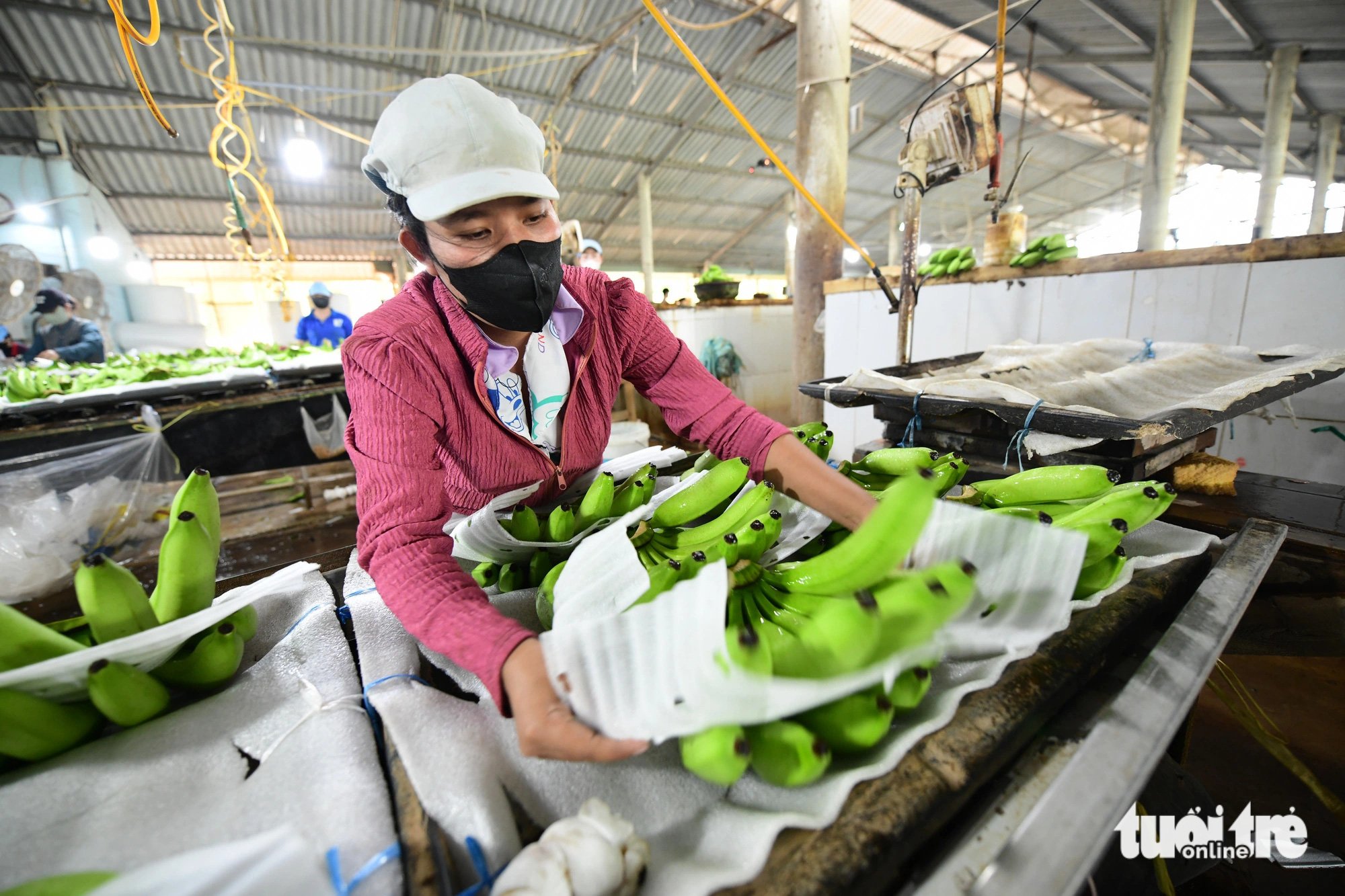
ADB wants to increase the proportion of funding for private sector projects. In the photo: clean banana production by private enterprises in Vietnam - Photo: QUANG DINH
Responding to the development needs of member countries
By leveraging its existing capital base, ADB aims to enhance development impact across the Asia- Pacific region, advancing strategic priorities in an increasingly volatile regional economic context, including Vietnam.
ADB President Masatsugu Asakawa said the plan is a strategic step to meet the development needs of member countries.
“By expanding our financing capacity, we will accelerate strategic investments, address complex challenges, and improve the lives of millions of people in the region,” said Masatsugu Asakawa.
At the core of this program is the Capital Utilization Plan (CUP), which builds on the financial management reforms ADB will implement by 2023.
Thanks to that, the bank not only increased its lending scale but also improved its operational efficiency, ensuring that capital flows were allocated appropriately to bring about sustainable socio -economic impacts.
Increase the proportion of private funding
One of the most notable changes is the shift in ADB’s financing mix. Private sector operations are expected to increase from 20% to 27% of total commitments over the next decade, while sovereign lending will be restructured to a more diversified and balanced portfolio to ensure diversity and sustainability.
This confirms ADB’s trend of attracting capital from the private sector to reduce the budget burden on member countries. At the same time, the bank also plans to invest a portion of its net income in high-quality projects with the potential to mobilize finance from the capital market, to enhance resilience and sustainable development.
New initiatives planned include a loan fund with financial and non-financial incentives, along with more flexible instruments to enhance project preparation.
Along with this plan, ADB aims to finance 50% of its total commitments for climate-related projects by 2030, while mobilizing $13 billion in private sector financing from both internal resources and mobilized capital.
In addition, the bank is committed to promoting regional cooperation, promoting digital development, and enhancing the role of regional public goods. These initiatives aim to ensure that ADB is not only a source of finance but also a driver of sustainable and inclusive growth.
To ensure the effectiveness of the CUP, ADB will review progress annually and adjust the plan according to the actual needs of the region. This is a necessary step to optimize resource allocation and help the bank maintain its commitment to creating a prosperous, equitable, and sustainable Asia and the Pacific.
According to ADB, the expansion of funding scale not only helps ADB strengthen its position as the region's leading development finance institution but also brings new opportunities for member countries in addressing increasingly complex socio-economic challenges.
 ADB provides $2 million in aid to help people in storm-hit areas overcome difficulties
ADB provides $2 million in aid to help people in storm-hit areas overcome difficultiesSource: https://tuoitre.vn/adb-tang-quy-mo-tai-tro-len-36-ti-usd-2025021809153246.htm


![[Photo] Cat Ba - Green island paradise](/_next/image?url=https%3A%2F%2Fvphoto.vietnam.vn%2Fthumb%2F1200x675%2Fvietnam%2Fresource%2FIMAGE%2F2025%2F12%2F04%2F1764821844074_ndo_br_1-dcbthienduongxanh638-jpg.webp&w=3840&q=75)





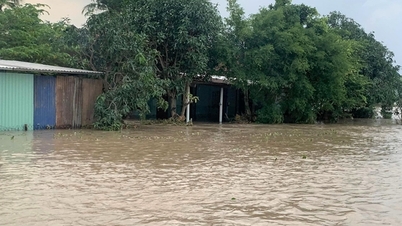



















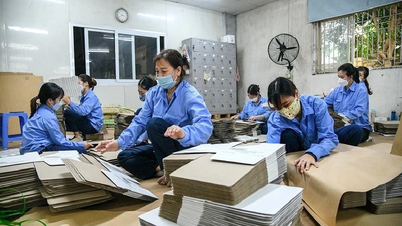
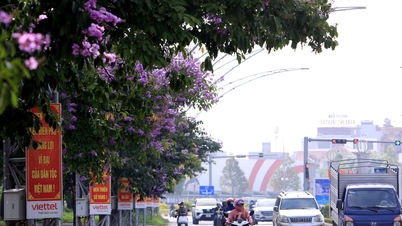














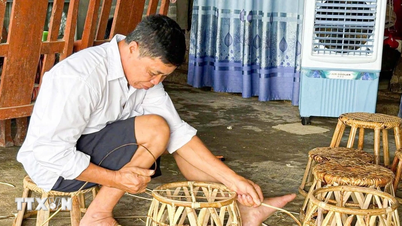








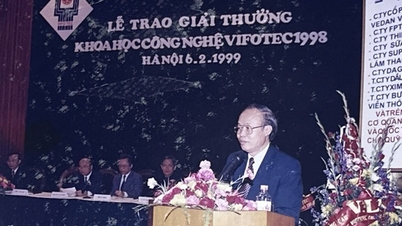

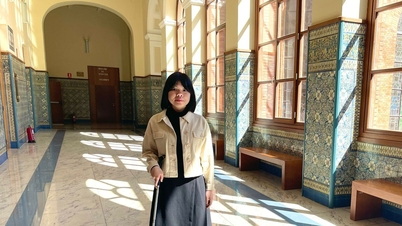

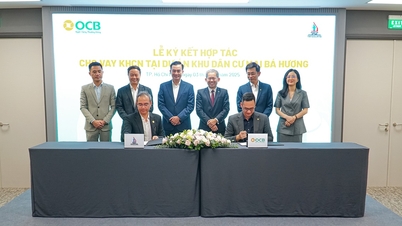


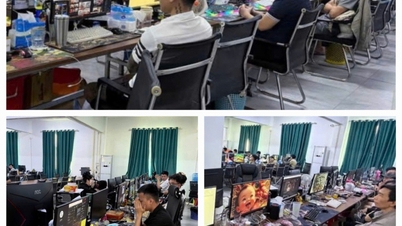
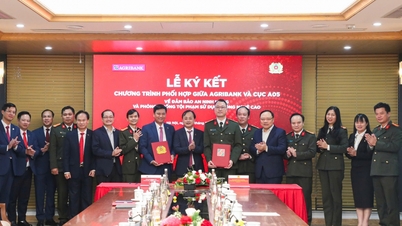

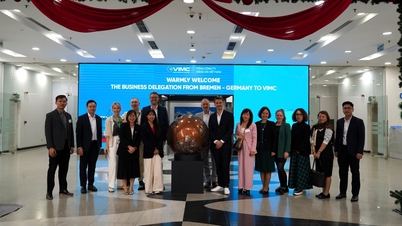
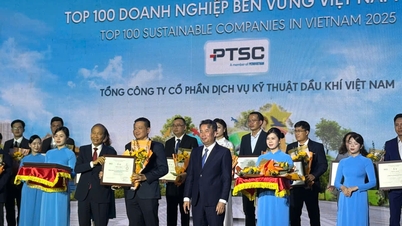









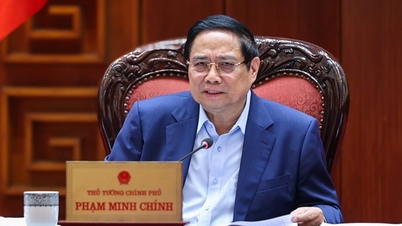


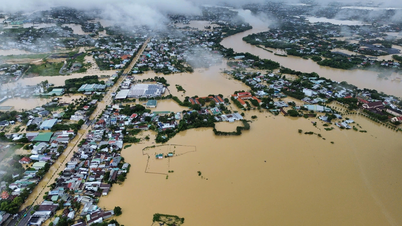


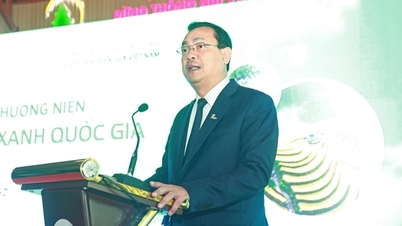
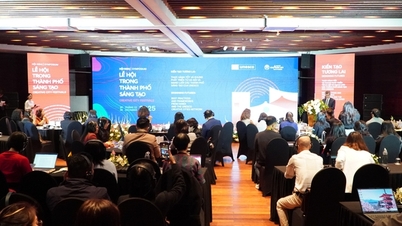




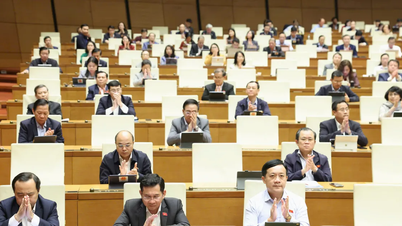

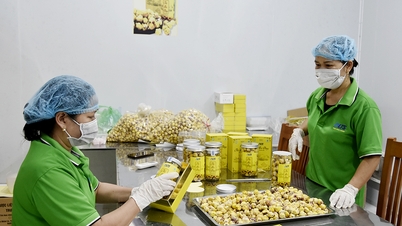

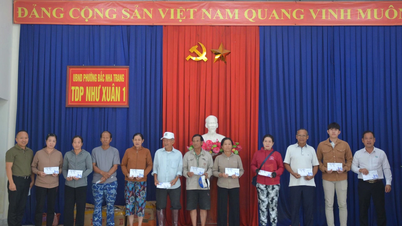
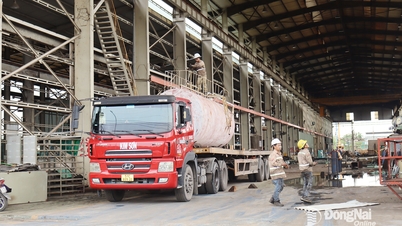





















Comment (0)